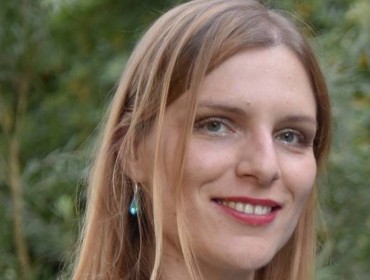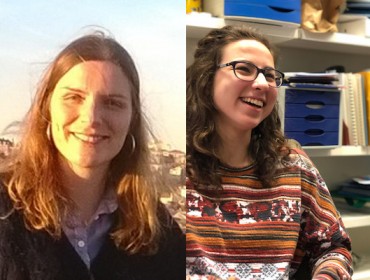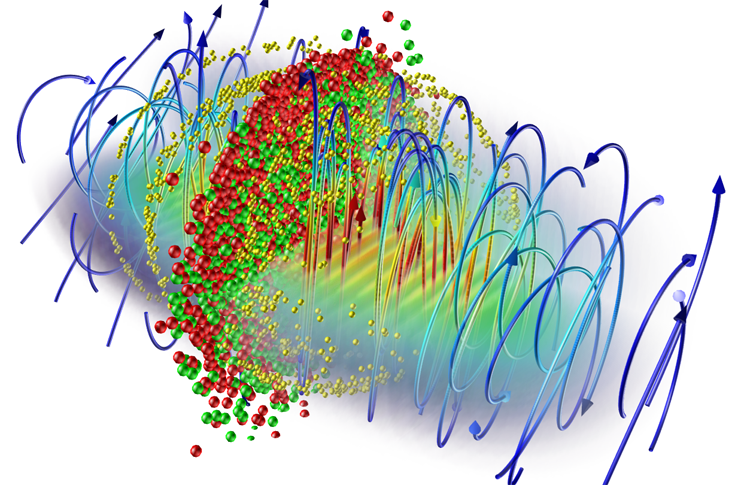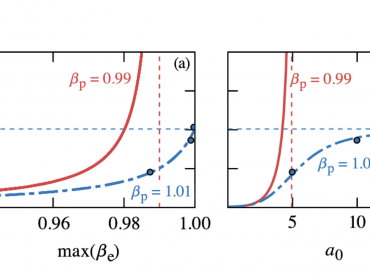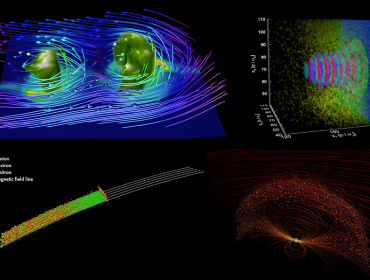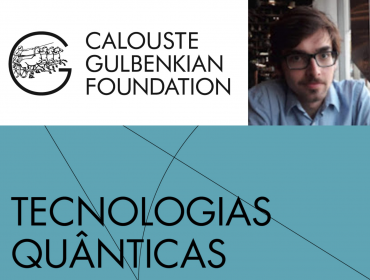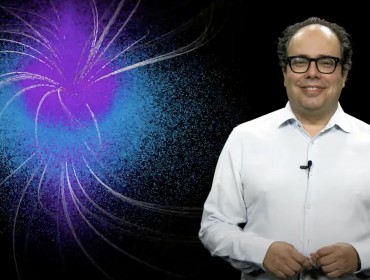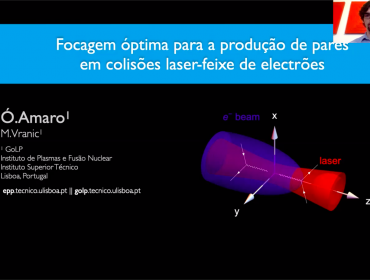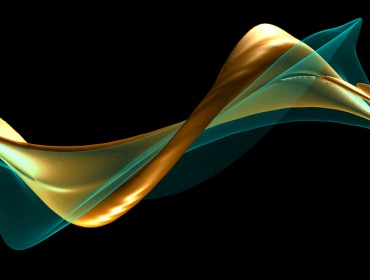-
EPP member Marija V to deliver Oxford ALP seminar next week
Read moreMarija V is scheduled to give the Oxford ALP seminar, on Monday, Feb 15th, 12:30 CET (11:30 GMT).
The topic of the talk is “Radiation-dominated electron acceleration in plasma channels using extremely intense light”.
More information here.
February 12, 2021 -
News for International day of Women in Science
Read moreGoLP is celebrating the international day of Women in Science by launching a Women in Physics group led by Camilla Willim, Marija Vranic, Mariana Moreira and Chiara Badiali. The primary goal of this group is forming and strengthening connections between PhD students at IST across different physics disciplines. Other initiatives will include outreach, coaching and connection with role-model female scientists through formal and informal events. This group’s activities will complement the efforts of Gender Balance @ Técnico, that has been active for the past few years.
February 11, 2021 -
Article by EPP researchers in PRE Spotlight
Read moreThe article “Seeded QED cascades in counter-propagating laser pulses” published in Physical Review E in 2017 by Thomas G, Marija V, Joana M, Ricardo F and Luis OS has been selected for a Physical Review E (PRE) Spotlight on Laser-created Pair Plasmas. Each PRE Spotlight represents a small selection of articles, dealing with the same research area. The article provides an exhaustive study about the growth rates of QED cascades in counter-propagating lasers. In addition to the new analytical work developed by the authors, all recent existing theoretical models for the growth rate from other authors are shown and compared to first-principles QED-PIC simulations. A discussion about the cascade’s threshold is included, based on the analytical and numerical results. The paper is available here.
February 5, 2021 -
Recent paper in PoP selected as an Editor’s Pick
Read moreA recent paper in Physics of Plasmas by EPP members Bernardo M and Jorge V and collaborators at Rochester University, USA, entitled “Laser-plasma acceleration beyond wave breaking” has been selected by the editors of Physics of Plasmas as a featured article. This paper discusses how superluminal plasma wakefields prevent wave-breaking of strongly nonlinear plasma waves in the blowout regime and thus self-injection of electrons into the plasma wake. This leads to enhanced and cleaner accelerating fields. Our finding could be an important step to further reduce the size and improve the quality of future plasma based accelerators.
February 2, 2021 -
EPP members among APS DPP 2020 Visual Science Communication contest winners
Read moreEPP members were awarded best image and video awards in the APS DPP 2020 Visual Science Communication. This contest was hosted during the 62nd Annual Meeting of the APS Division of Plasma Physics, held online on November 9-13 2020. Kevin S was awarded the 1st place video award, whereas Fabio C and Pablo B were awared the 2nd place image and video awards, respectively. An Honorable Mention was also awarded to Fabio C in the video category. These images and videos are representative of the research presented in talks and posters presented at APS DPP 2020.
November 14, 2020 -
Fundação Calouste Gulbenkian awards scholarship to Óscar A
Read moreÓscar Amaro was awarded a scholarship “Novos Talentos em Tecnologias Quânticas” by Fundação Calouste Gulbenkian. In the next 10 months, Óscar will work on a research project that aims to apply quantum algorithms to a plasma physics problem, under supervision of Marija Vranic. This program has an objective to stimulate young scholars to study Quantum Technologies, thereby stimulating the development of national competences in this field.
November 11, 2020 -
Óscar A awarded Outstanding Undergraduate Poster award at APS DPP 2020
Read moreÓscar Amaro’s Undergraduate Research session presentation “Optimal laser focusing for positron production in laser electron scattering” at this year’s Virtual APS Division of Plasma Physics (DPP) meeting was awarded the Outstanding Undergraduate Poster award. This is 62nd Annual Meeting of the APS DPP, and for the first time it was held 100% online. Ellen Zweibel, a world-renowned astrophysicist handed in the award in a virtual ceremony.
November 11, 2020 -
“Turbulence | Voice of Space” featured in ERC social media
Read moreOur scientific communication project “Turbulence | Voice of Space” was recently featured in European Research Council (ERC) social media. In a video created in the context of the ERC Public Engagement with Research Award announcement, Luis OS explains how creating virtual reality (VR) environments from real simulation data helped us engage experts and the general public with our research on extreme plasma astrophysics. Learn more about our VR Lab and check our demos here.
October 12, 2020 -
Óscar A. awarded best student presentation
Read moreEPP team member Óscar Amaro won a best student presentation award in the 3rd Laser-Plasma Summer School held at Centro de Lásers Pulsados in Salamanca. Óscar presented his work on “Optimal laser focusing for positron production in laser electron scattering”. This is his second distinction this month. Óscar was also awarded a poster prize in Encontro Física 2020, a national meeting held remotely for the Portuguese physics community. Congratulations Óscar!
September 27, 2020 -
EPP researchers and IPFN collaborators propose new regime for superradiant emission in Nature Physics paper
Read moreIn a paper published today, September 14, in the journal Nature Physics, Extreme Plasma Physics (EPP) team members Jorge V., Miguel P. and Ricardo F. along with the founder of GoLP, Tito M., report a generalised superradiance mechanism, which uses transversely modulated – instead of longitudinally modulated – charged particle beams. Superradiant emission is desirable because it leads to the brightest x-ray beams, being at the core of free electron lasers. It has been long thought that the existence of many particles per radiated wavelength is a key requirement for superradiance. Fulfilling this requirement is a challenge, but according to the work published today, superradiance can occur even for bunches that are arbitrarily diluted, as long as they are suitably modulated in a transverse direction. This work thus breaks a long standing tenet at the core of today’s most advanced light sources. Generalised superradiance may…
September 14, 2020
extreme plasma physics > News

